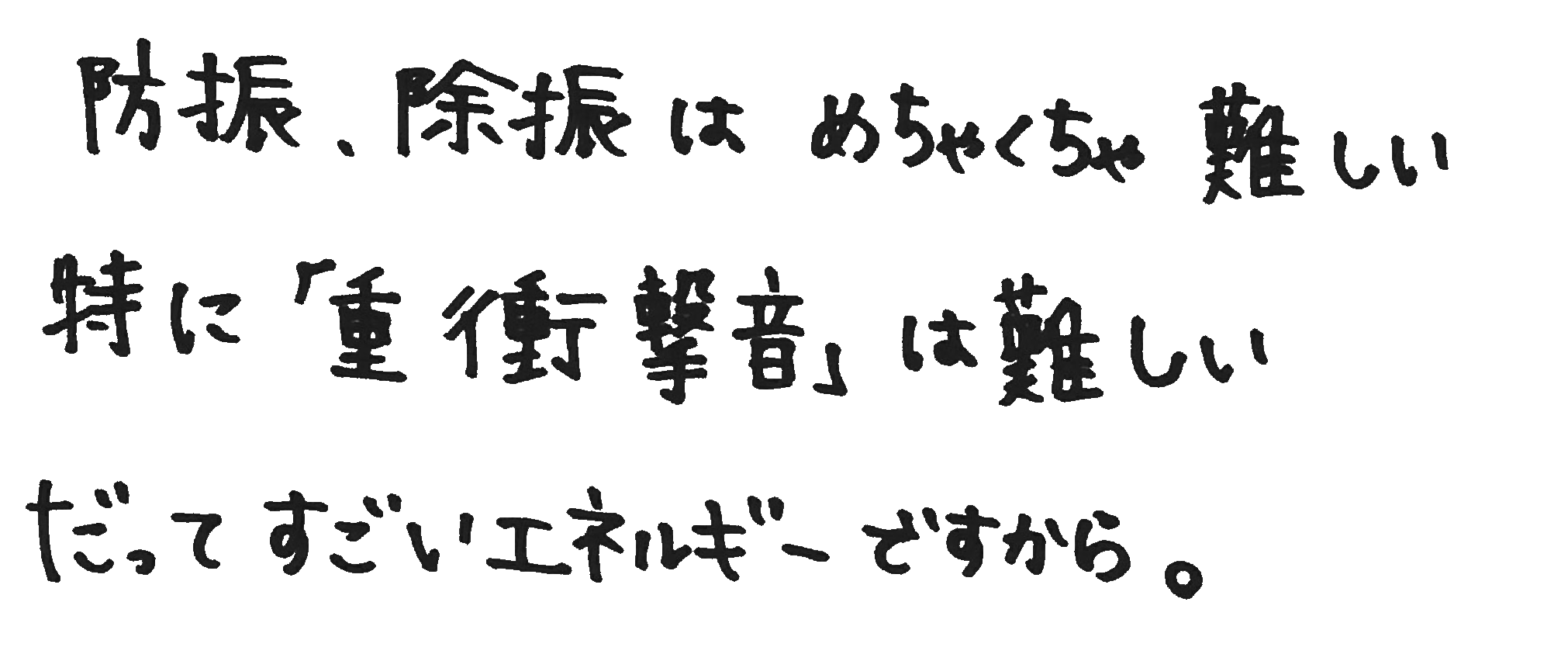04. What is Vibration Control and Isolation?
Children bouncing around making a thump-thump sound, vibrations from dancing—vibration issues are surprisingly common. Vibration control and isolation are meant to address these problems. However, let me tell you right away—vibration control and isolation are extremely challenging to achieve.
Below is an illustration of vibration control and isolation. ↓
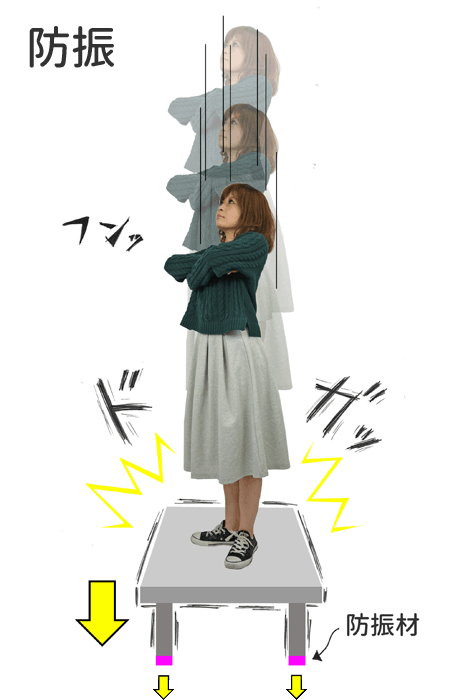
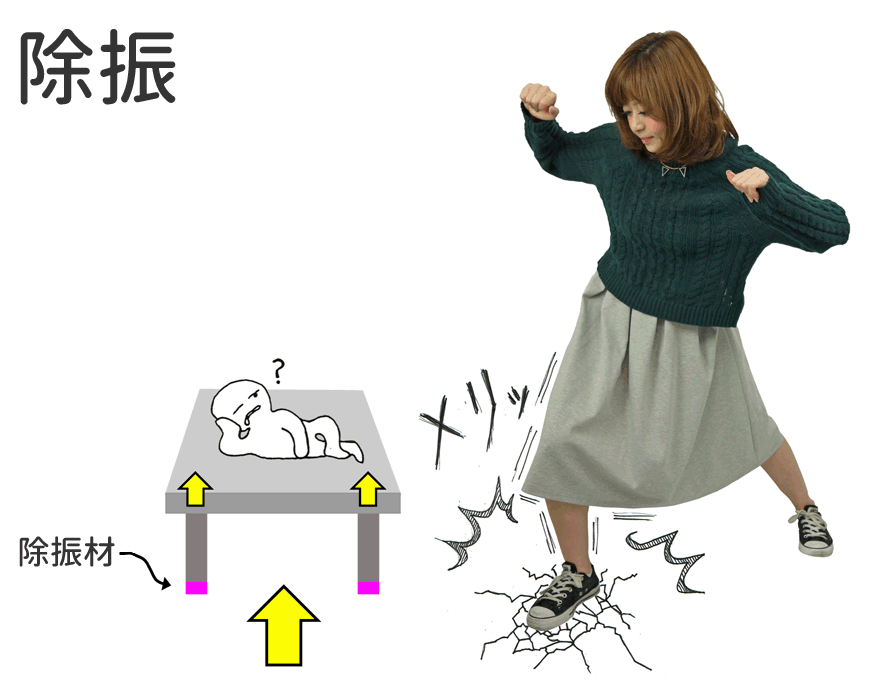
Heavy Impact Sound and Light Impact Sound
As I mentioned, vibration control and isolation are challenging, especially when dealing with “heavy impact sounds.” Many soundproofing carpets are available online, but they are ineffective against heavy impact sounds. This is because soundproofing carpets are designed for “light impact sound.”
Here’s a simple illustration to explain the difference between heavy impact sound and light impact sound. ↓
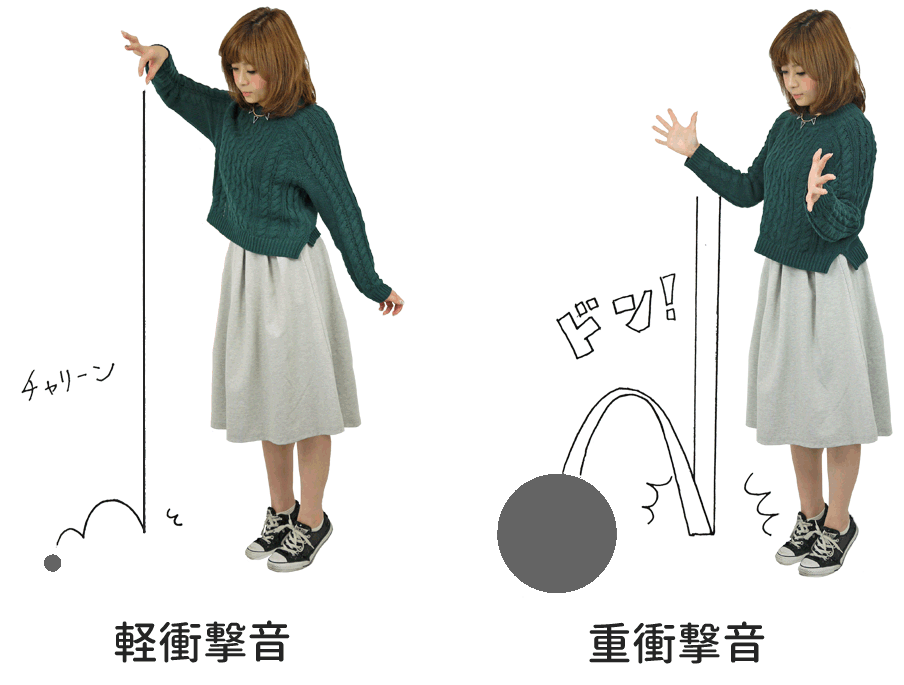
So, how do we reduce heavy impact sounds? Realistically, it’s often very difficult. For instance, if a child jumps on the second floor of an apartment, causing noise complaints from the first-floor residents, it often means the flooring structure of the apartment itself (as shown below) is weak.
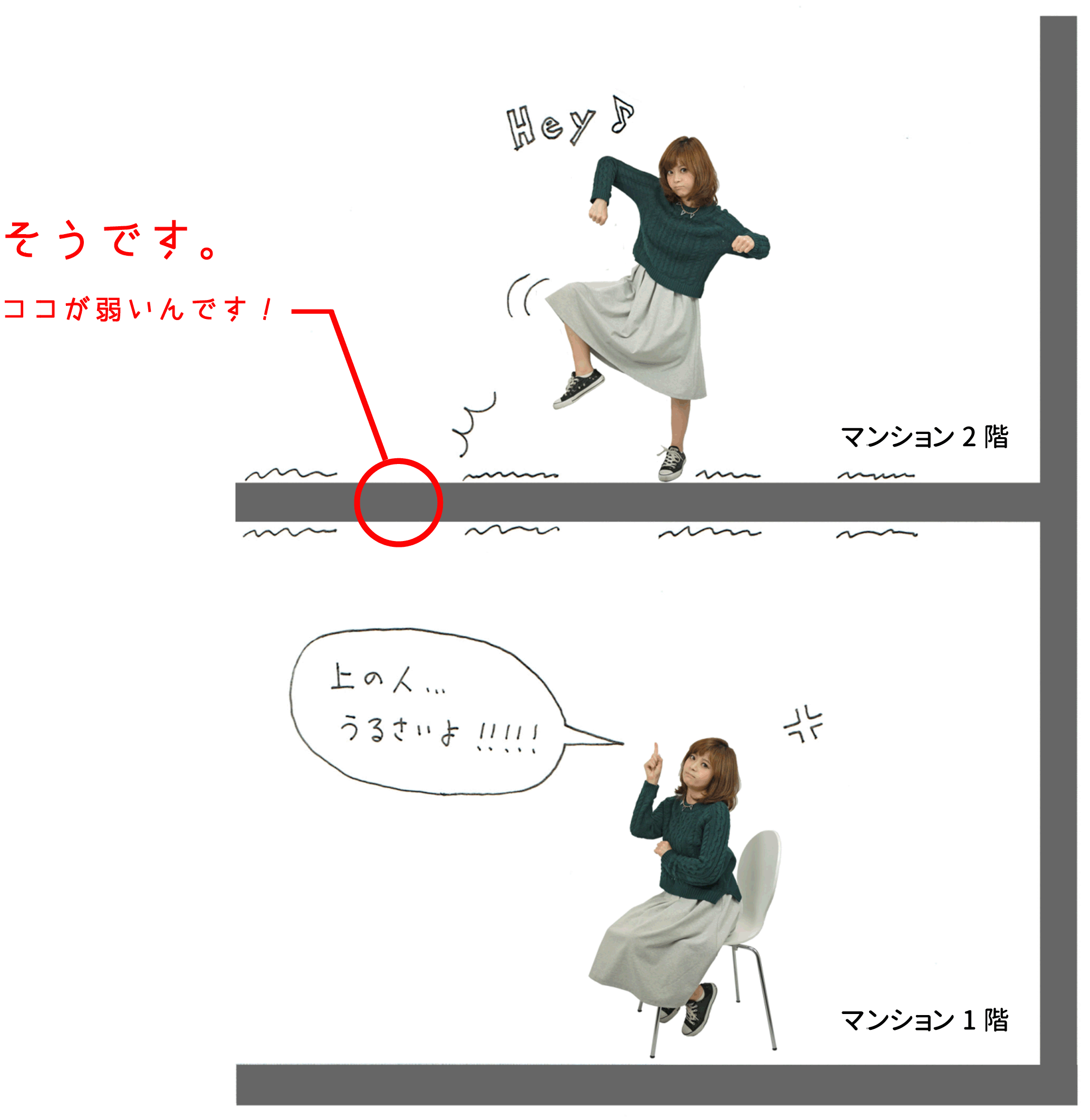
Strengthening an apartment floor by adding boards or carpet on top has little effect because the floor itself is vibrating. Adding layers on top won’t prevent the floor from moving.
When children jump, the energy produced is significant, and it requires substantial effort to absorb or dampen this energy.
Imagine a father lying on a tatami mat on Sunday, and his child starts jumping on his stomach. Even if he covers his stomach with a board or carpet, he’ll still feel the pain.

For light impact sounds, finding a solution isn’t too difficult, but noise complaints are often caused by heavy impact sounds. To effectively address these, you often need to invest in vibration control and isolation work. Hopefully, more affordable and convenient solutions can be developed. We’re working on it!
Here’s a summary:
